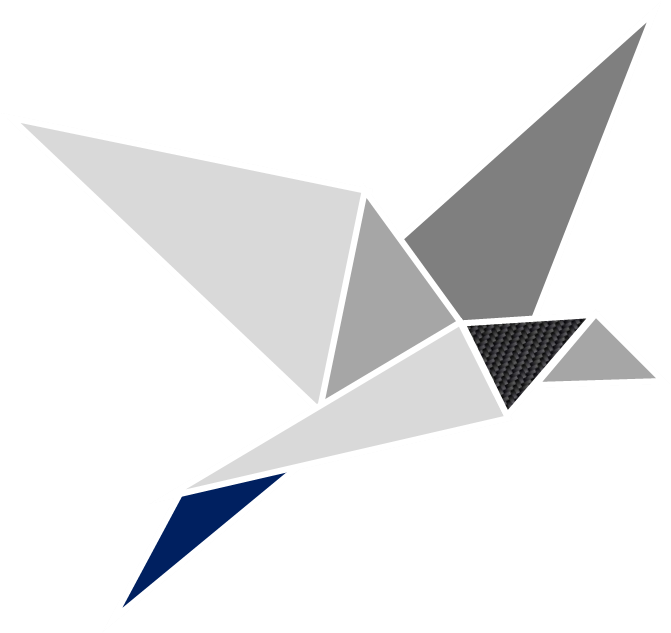Framework & Regulations
The regulatory framework for Unmanned Aircraft Systems (UAS) defines how drones can be operated safely and responsibly within the airspace system. It connects international standards, European rules, and national implementation to ensure harmonized procedures across all levels of operation.
Global and European Context
At the international level, the International Civil Aviation Organization (ICAO) and JARUS provide fundamental guidance for integrating UAS into aviation systems. In Europe, the European Union Aviation Safety Agency (EASA) sets the regulatory framework, dividing operations into three categories: Open, Specific, and Certified.
Operational Categories
- Open Category: Low-risk operations under strict limitations (weight, distance, altitude). No operational authorization is required, but pilots must be registered and trained.
- Specific Category: Moderate-risk operations requiring a risk assessment (SORA) and authorization by the competent authority.
- Certified Category: High-risk or complex operations – equivalent to manned aviation standards, including certified aircraft and licensed operators.
National Implementation
Each EU Member State designates its own competent authority (e.g. LBA in Germany). National laws define the procedures for operator registration, UAS certificates, and operational authorizations.
Key Principle
Proportionate regulation: the higher the risk, the stricter the requirements. This risk-based approach allows flexibility for innovation while maintaining safety and accountability.
